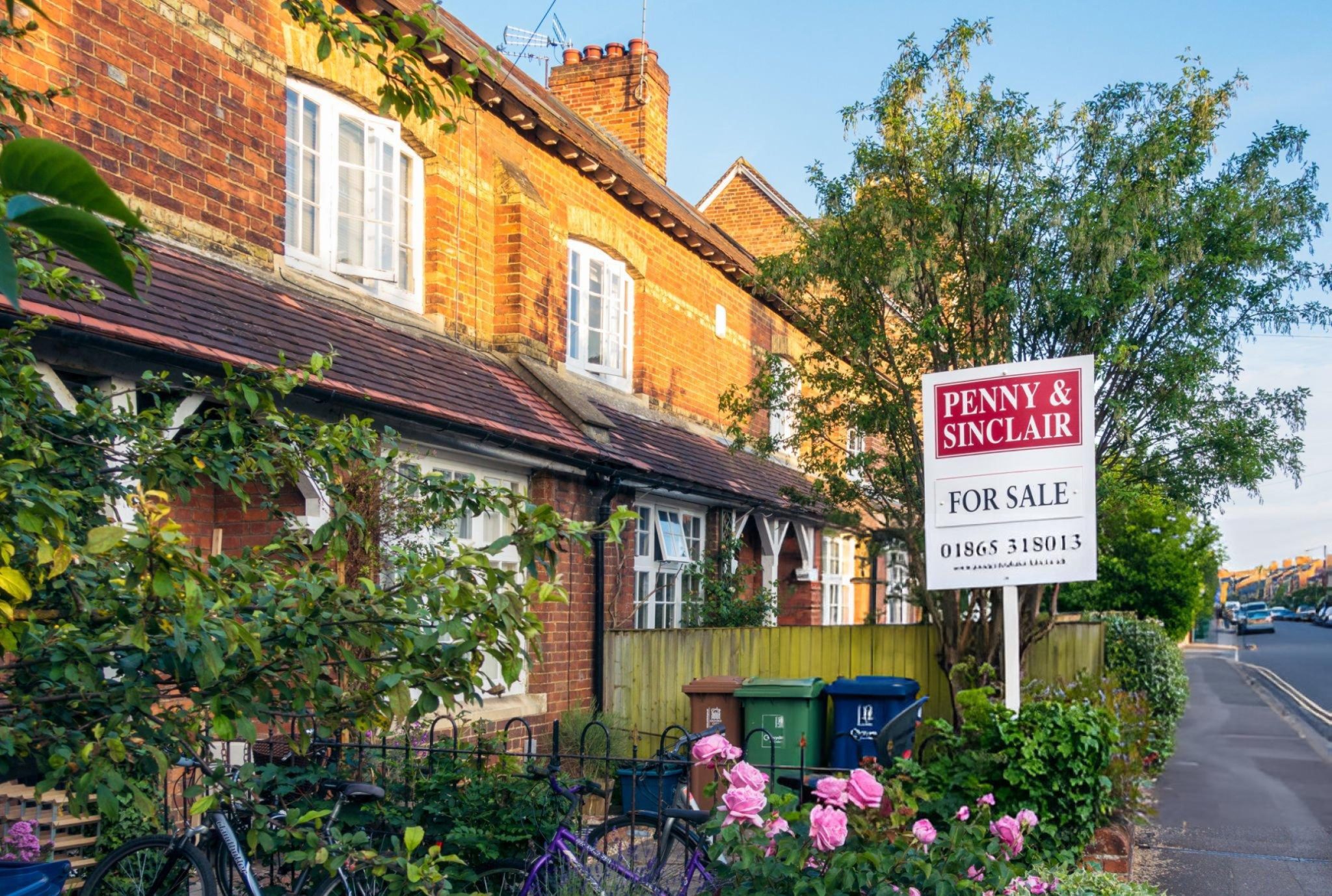The average asking price for a home in Britain has soared to a record £377,182 in April, surpassing the previous high set in May 2024. This marks a £5,312 or 1.4% increase compared to the £371,870 recorded in March, according to property portal Rightmove. This rise in prices is notably higher than the typical 1.2% increase observed during previous Aprils.
The jump in asking prices comes despite the less generous stamp duty discounts that took effect on April 1. The stamp duty change impacts buyers in England and Northern Ireland, but it hasn’t dampened market enthusiasm. While the new regulations have reduced the tax breaks for some, the overall demand for property remains strong.
Interestingly, mortgage rates have been edging downwards, providing some relief to potential homebuyers. Last week, Barclays cut several mortgage rates below 4%, offering a glimmer of hope to buyers, especially in the face of global market uncertainties. Analysts suggest that these changes may even trigger further base rate cuts from the Bank of England, particularly after the tariff announcements by US President Donald Trump, which have added to global economic volatility.
Rightmove’s data reveals that April’s average asking price has surpassed the previous record of £375,131 set in May 2024. Property expert Colleen Babcock pointed out that this is the first time in nearly a year that asking prices have hit a new record. She attributes this increase to an uptick in both the number of buyers and sellers, which has helped maintain a healthy market despite the high competition for properties.
“Confidence from new sellers is a good sign for the overall health of the market, but they do need to be cautious when setting their asking price,” Babcock warned. She emphasized that with a high level of supply, an overpriced home is likely to stand out in the market for all the wrong reasons. Research also indicates that homes priced correctly from the start tend to sell faster and avoid price reductions.
Despite these challenges, the number of sales falling through has remained steady, with Rightmove noting that the impact of the stamp duty change has not led to any major pullback in agreed sales. The rush to complete transactions before the stamp duty rise has resulted in fewer buyers left in the queue, marking the first time since the pandemic that March saw a decrease in buyer backlogs.
However, Rightmove also pointed out a regional divide in trends across Britain. While regions in the Midlands, northern England, Wales, and Scotland are witnessing above-average increases in demand, the South West and South East are seeing more modest growth. London stands out as an exception, with a significant rise in asking prices, particularly in inner London, even though the capital has seen a decline in buyer inquiries compared to last year.
In London, the average asking price for a property in April has surged to £699,200, edging close to the £700,000 mark. Rightmove suggests that while this price increase is impressive, London’s housing market is more sensitive to global events, including tariffs, which could affect its growth in the coming months.
The full impact of tariffs and any potential changes to the Bank of England’s base rate will become clearer in the coming weeks. If rates are reduced more swiftly than expected, this could help ease buyer affordability, offering further support to the housing market.
Local markets across Britain are responding differently to these changes. As Phill Sandbach from John German estate agents in the Midlands noted, March was an exceptionally busy month, and April is continuing in a similar vein, with strong activity in the Midlands. Meanwhile, in Dorset, Alex Caddy from Clarkes estate agency observed that some sellers are testing the market with higher asking prices, but lower viewing requests suggest that buyers are still being selective and price-sensitive.
As the spring and summer months approach, Nathan Emerson, chief executive of Propertymark, believes the housing market will continue to benefit from seasonal momentum. “We now progress into the spring and summer months, which typically deliver strong momentum for the sector,” he said.
With record-high asking prices, the ongoing adjustments in stamp duty, and fluctuating mortgage rates, Britain’s housing market remains a complex landscape for buyers and sellers alike. As experts continue to monitor the situation, it will be interesting to see how regional disparities and global economic factors shape the future of home prices across the UK.






